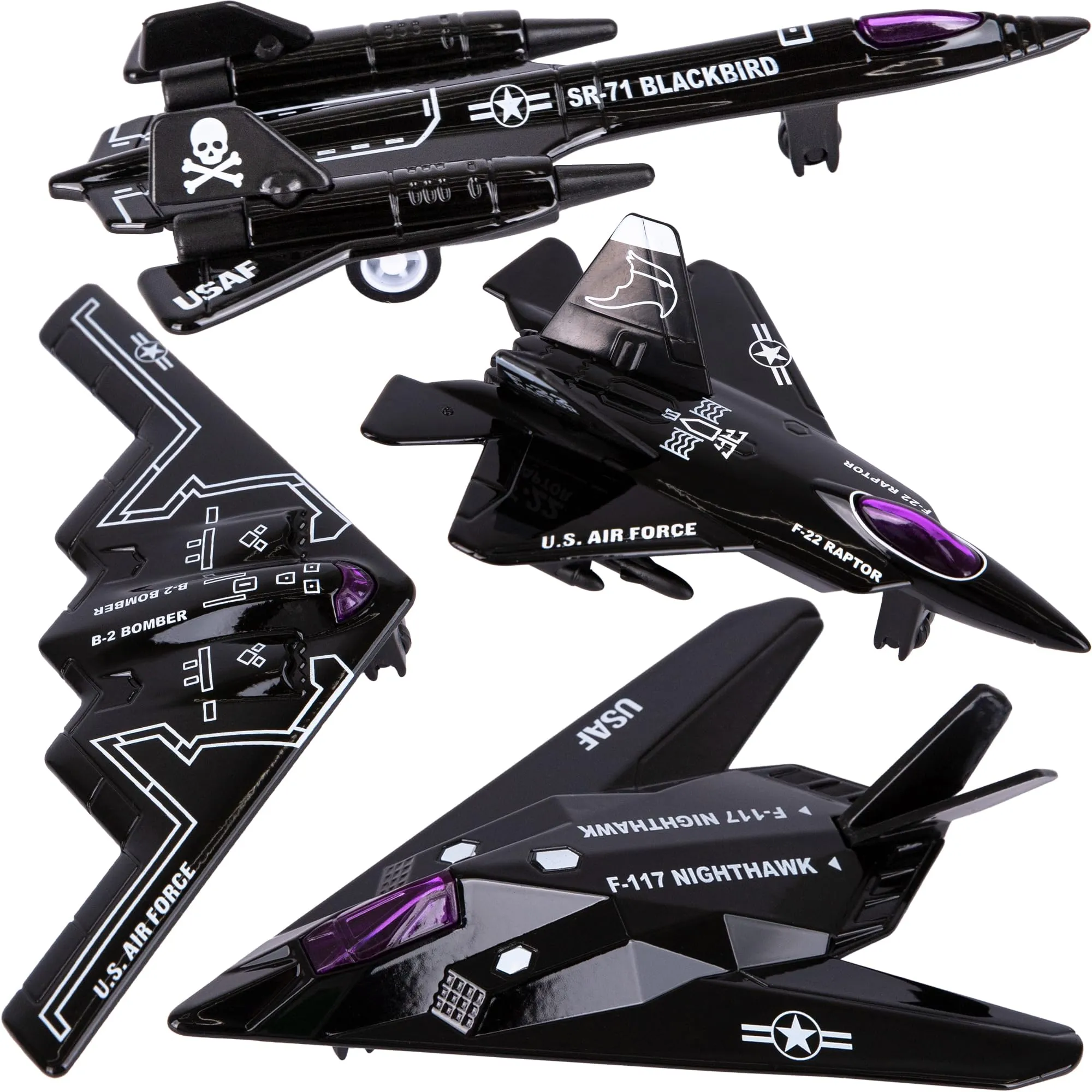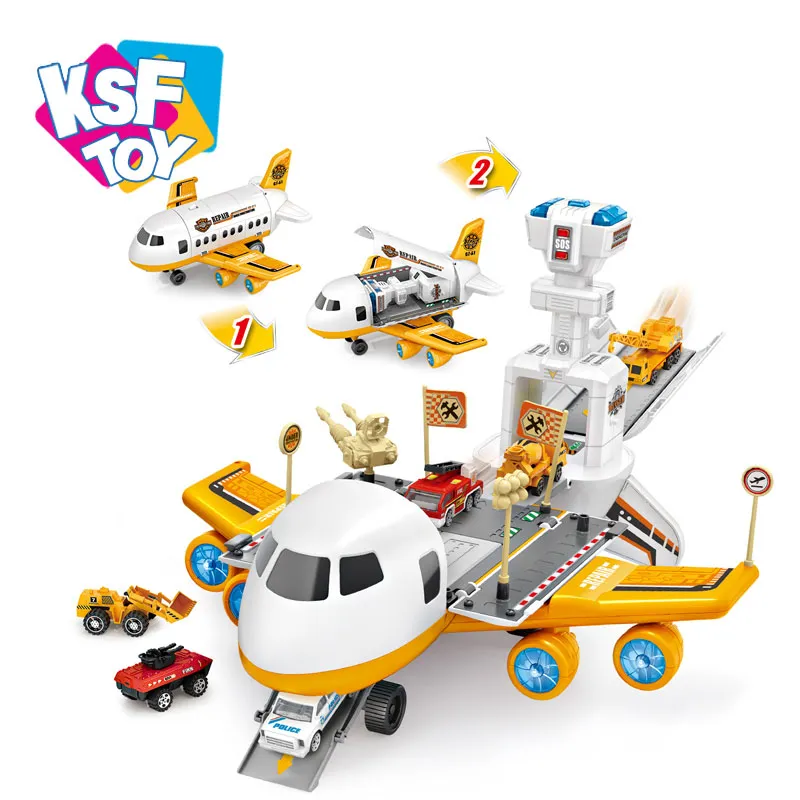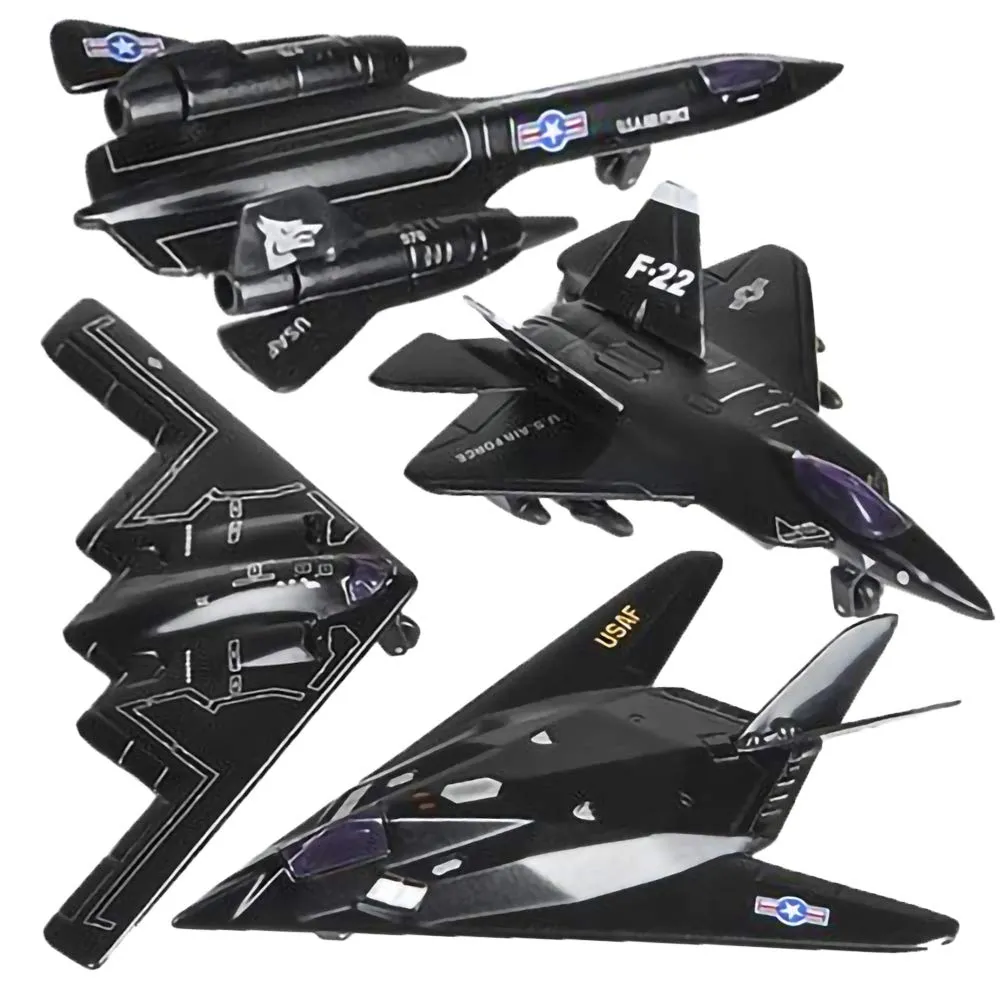What Are Diecast Toy Jets
Diecast toy jets are miniature replicas of real-life aircraft, meticulously crafted using the die-casting process. This involves pouring molten metal, typically zinc alloy, into molds to create highly detailed models. These toys are not just for kids; they are also a popular hobby among adults, attracting collectors who appreciate their accuracy, intricate designs, and historical significance. These models provide a tangible connection to aviation history and the engineering marvels of flight. Their durability and aesthetic appeal make them a worthwhile investment for enthusiasts and a delightful pastime for aviation fans.
The Appeal of Diecast Toy Jets
The appeal of diecast toy jets stems from several factors. Firstly, the level of detail is often exceptional, with manufacturers striving to replicate every aspect of the original aircraft, from panel lines and rivets to cockpit interiors and markings. Secondly, the variety of models available is vast, covering everything from classic warplanes to modern commercial jets and experimental aircraft. The hobby provides a sense of community, with collectors often sharing their passion through online forums, clubs, and shows. The tactile experience of holding and admiring these detailed models, the historical connections, and the pursuit of rare or limited-edition pieces all contribute to their enduring popularity. Diecast toy jets provide a tangible connection to the world of aviation and offer a rewarding hobby for people of all ages.
Why Diecast

Diecast construction is favored for its durability and ability to capture fine details. The die-casting process allows for precise molding, resulting in models with intricate features not easily achievable with other materials. The metal construction gives them a substantial feel and weight, adding to the perceived quality. Diecast models are also resistant to wear and tear, making them long-lasting collectibles. The materials used in diecast manufacturing, often zinc alloy, can be painted and finished with remarkable accuracy, enhancing the realism. This process facilitates the creation of high-quality, detailed, and durable models, making diecast toy jets a preferred choice among collectors who value accuracy and longevity in their miniature aircraft. The diecast method helps to capture the smallest details and gives them a realistic look.
Understanding Different Scales
Diecast toy jets are produced in various scales, which represent the ratio between the model’s size and the actual aircraft. Understanding these scales is crucial for collectors, as it affects the size and detail of the models. Popular scales ensure that models from different manufacturers can be displayed together, creating a cohesive collection. Choosing a scale often depends on personal preferences, available display space, and the type of aircraft being collected. Smaller scales can be more cost-effective and easier to store, while larger scales allow for greater detail and visual impact. Scale also influences the availability of models; some scales are more common than others, influencing the variety available to collectors. The different scales provide an opportunity to choose models that fit within the space and budget.
Common Scales for Diecast Toy Jets
Several scales are prevalent in the world of diecast toy jets. 1:72 scale is popular for military aircraft, offering a good balance of detail and size. 1:200 scale is common for commercial airliners, allowing collectors to display a fleet of aircraft without needing excessive space. 1:48 scale is another favored option, particularly for larger military aircraft, with a detailed focus on features. 1:144 is a good option, especially for larger aircraft because they are compact. The availability of models varies by scale. Before investing in a collection, collectors consider the range of models available in each scale and the degree of detail offered. This ensures the collection will contain preferred types of aircraft and meet expectations for display and visual impact.
Scale and Detail Comparison

The scale of a diecast toy jet directly impacts the level of detail that can be incorporated. Larger-scale models, such as 1:48, allow for more intricate features such as cockpit interiors, detailed panel lines, and realistic weathering. Smaller-scale models, such as 1:200 and 1:144, may have slightly less detail due to space constraints, but they still offer impressive accuracy. Some manufacturers are able to pack a significant amount of detail into smaller models using advanced manufacturing techniques. Collectors often balance scale considerations with detail. Regardless of the scale, manufacturers strive for accuracy, so the level of detail can vary. Collectors often compare different models to determine which best suits their personal preferences. When choosing, focus on both the scale and degree of realism.
Choosing Your First Diecast Toy Jet
Embarking on a diecast toy jet collection requires careful consideration. New collectors should identify their interests. Whether it’s military aircraft, commercial jets, or specific historical periods, focusing on a niche simplifies the initial selection process. Consider the available space for display and storage; this will influence the scale of the models. Research various manufacturers and the quality of their offerings. Reading reviews and comparing model details is essential to ensure satisfaction. Set a budget to prevent overspending and gradually build the collection. Start with a few models to gauge interest and learn more about the hobby. The goal is to create a collection that brings joy and reflects personal preferences. Choosing the first diecast toy jets is a rewarding process.
Factors to Consider
Several factors influence your choice of a diecast toy jet. Research the manufacturer’s reputation. Some brands are known for high-quality models with exceptional detail. Consider the scale, as it impacts both size and detail. Evaluate the model’s accuracy. Look for reviews and comparisons to ensure the model represents the aircraft correctly. Examine the paint job, the markings, and the overall finish. Finally, set a budget; prices vary greatly depending on factors such as rarity, manufacturer, and level of detail. Consider these elements to choose a model that meets expectations. Factors like brand reputation, model accuracy, and finishing impact a satisfactory acquisition. The key is to find a model that fits these requirements.
Popular Jet Models to Start With

Several diecast toy jet models are perfect for beginners. The iconic Boeing 747 is a great choice. Its familiar design and widespread availability make it a classic starting point. Military aircraft, such as the F-16 Fighting Falcon, are also highly sought after. These models showcase detailed designs and historical significance. Consider models from reputable manufacturers. These manufacturers include detailed and high-quality replicas. These aircraft are often readily available and provide an introduction to aviation history. Collecting these aircraft allows a new collector to understand the value of collecting. Consider the subject matter, quality, and availability. Begin with the ones that spark interest.
Where to Buy Diecast Toy Jets
Acquiring diecast toy jets involves researching various sources. The most common options include online retailers and specialty hobby shops. Each offers unique advantages and considerations. Online platforms provide access to a vast selection, convenience, and competitive pricing. Local hobby shops offer a more hands-on experience and expert advice. A collector should explore the options and choose what best suits individual needs and preferences.
Online Retailers
Online retailers offer a diverse range of diecast toy jets. Major marketplaces like Amazon and eBay provide a wide selection from numerous sellers. Specialized online stores dedicated to collecting offer curated selections. Benefits include convenience and competitive prices. Online shopping lets collectors compare models and prices. They can access reviews and product information. Shopping online provides options for rare and hard-to-find models. Careful consideration of seller ratings and return policies helps to ensure a positive experience. Online retailers often have extensive inventories and provide collectors access to a global market. Online retailers provide access to competitive pricing.
Specialty Hobby Shops

Specialty hobby shops provide a hands-on experience when buying diecast toy jets. Shop owners can provide expertise and advice. They can help to inspect the model’s quality and identify any issues. These shops foster a sense of community, with collectors often meeting and exchanging knowledge. Specialty shops often carry rare and limited-edition models. Some shops specialize in particular aircraft types or historical periods, catering to niche interests. Hobby shops allow collectors to support local businesses and connect with experienced collectors. By browsing and exploring, collectors can enrich the collecting experience and build relationships.
Caring for Your Diecast Toy Jets
Caring for diecast toy jets helps to preserve their value and appearance. This involves proper cleaning, storage, and display techniques. Collecting a collection is an investment, and the value of the diecast toy jets can be retained and enhanced. By following these care guidelines, collectors can enjoy their models for many years.
Cleaning and Maintenance Tips
Regular cleaning and maintenance prevent damage to diecast toy jets. Dusting regularly with a soft brush removes accumulated dust. Avoid harsh chemicals or abrasive cleaners. Instead, use a damp cloth. Inspect the models for any loose parts or damage. Repair any minor issues promptly. Protect the models from direct sunlight and extreme temperatures. Store the models in a cool, dry place. These steps are essential to preserve the condition of your diecast toy jets. The proper care will maintain the model’s value. Proper cleaning, inspection, and handling are necessary to help maintain the value of your collection.
Displaying Your Collection

Displaying diecast toy jets enhances their visual appeal and protects them from damage. Consider display cases or shelves, which provide visibility. Arrange the models by type, scale, or era to create an organized display. Use proper lighting, avoiding direct sunlight to prevent fading. Include information about the models, such as their history or significance. Rotate the display periodically to showcase different parts of the collection. Keep the display environment free of dust and moisture. Thoughtful display enhances enjoyment. Proper display allows you to showcase the collection.
Collecting Beyond Basics
As the collection grows, collectors explore advanced aspects, such as joining clubs and attending shows. Joining clubs connects collectors with enthusiasts. Attending shows allows for the exchange of knowledge. These activities provide more interaction. These activities enhance the enjoyment of collecting. Collectors can deepen their engagement through advanced techniques, such as detailed research and preservation. This exploration enhances the enjoyment and value of the collection.
Joining Collectors’ Clubs
Joining collectors’ clubs expands the horizons of diecast toy jet collecting. Clubs offer a social aspect, as members share experiences and knowledge. They provide a platform to discuss specific aircraft types, manufacturers, or historical periods. Collectors gain access to valuable resources, such as rare models or information. Clubs host events, meetings, and newsletters, creating a sense of community. Joining a club allows for networking and sharing of knowledge. Clubs provide opportunities to learn about different facets of diecast collecting.
Attending Diecast Shows

Attending diecast shows is a cornerstone of the hobby. Shows provide a chance to view, buy, and trade models. They allow collectors to connect with others and learn from experts. Shows showcase rare and limited-edition models. They offer opportunities to meet manufacturers and sellers. Attending shows provides networking, education, and excitement. Diecast shows enable a deeper understanding of the hobby and the ability to acquire and share valuable resources.
The Value of Diecast Toy Jets
Understanding the value of diecast toy jets is essential for collectors. This involves assessing market trends. Researching rare and limited-edition models helps collectors build a valuable collection. Certain factors influence the valuation of a diecast toy jet, and an understanding of these factors allows for building a valuable collection. The value of a collection reflects a hobbyist’s passion. This can result in a rewarding experience.
Factors Influencing Value
The value of a diecast toy jet depends on several factors. Rarity is a key determinant; limited-edition models are often more valuable. The manufacturer’s reputation plays a role; well-known brands with a good reputation command higher prices. The model’s condition significantly affects its value; models in mint condition are more desirable. Historical significance, such as representing a historic aircraft, can also increase value. Market demand and current collecting trends impact pricing. Collectors must consider these factors when assessing the value of diecast toy jets.
How to Assess the Value of a Jet
Assessing the value of a diecast toy jet involves several steps. Research is key, so that a collector has the background. Check recent sales prices. Analyze model prices on online marketplaces and auction sites to determine current market prices. Evaluate the model’s condition. The overall condition will influence value. Compare the model to similar examples. Compare the model to those listed online. Assess the model’s rarity. Limited-edition models can increase the value of the model. Consult with experts and appraisers. The experience will provide valuable insight. By considering these factors, collectors can make informed decisions. This will help them to understand the value of their diecast toy jet.
